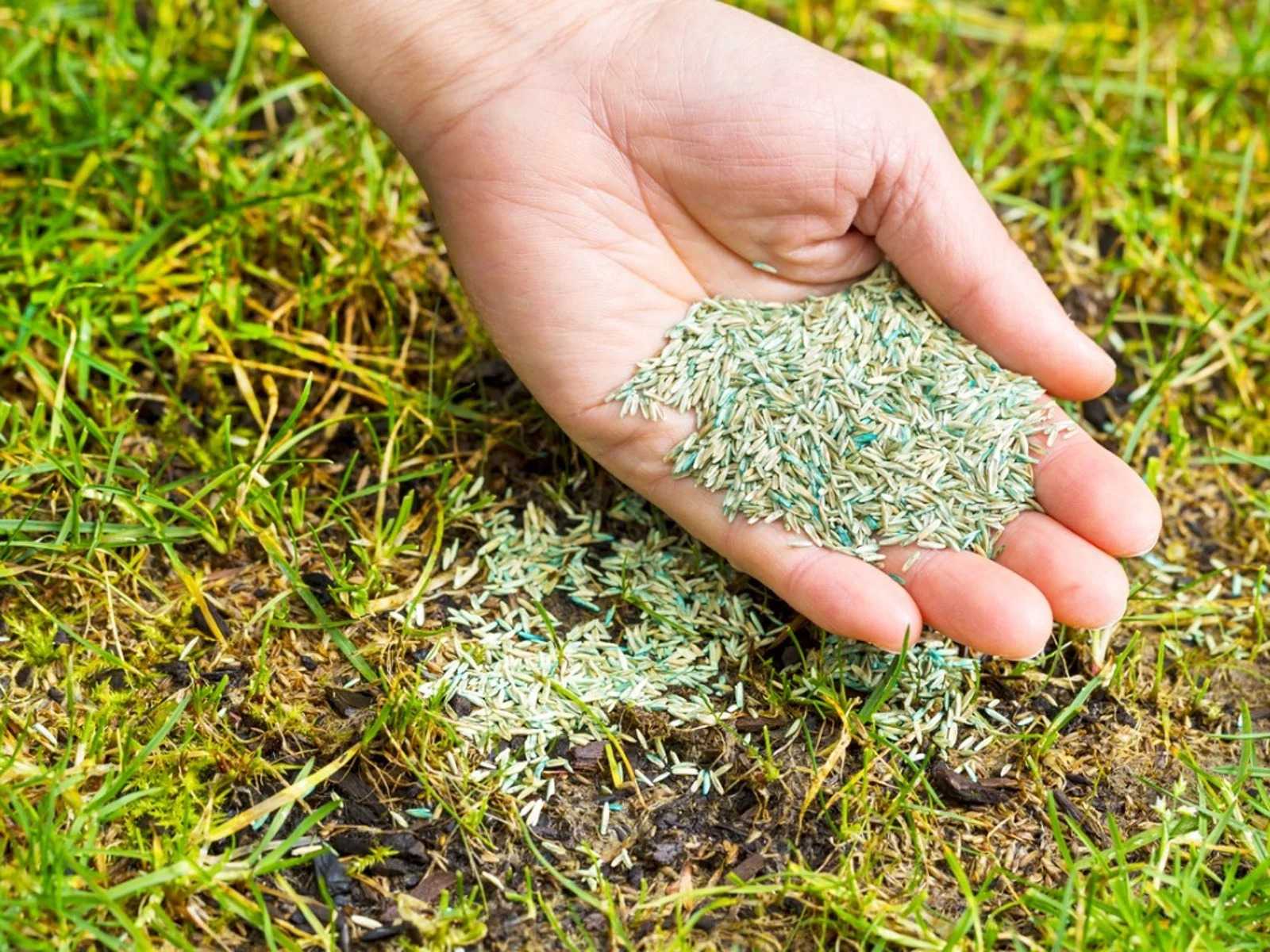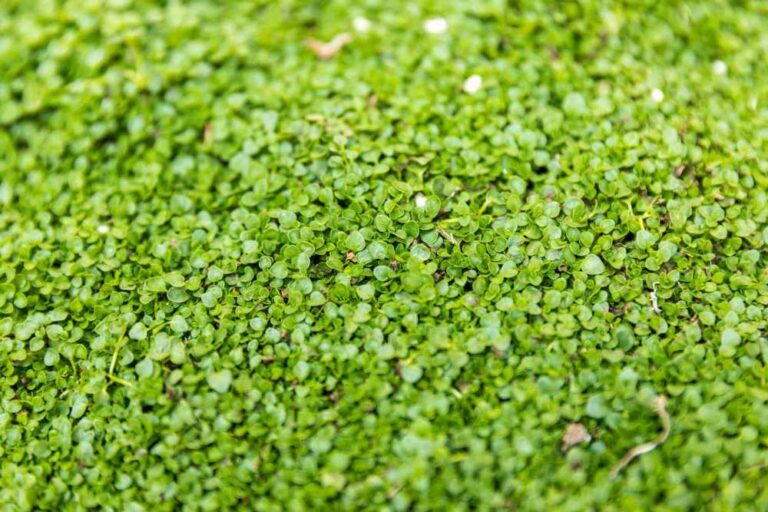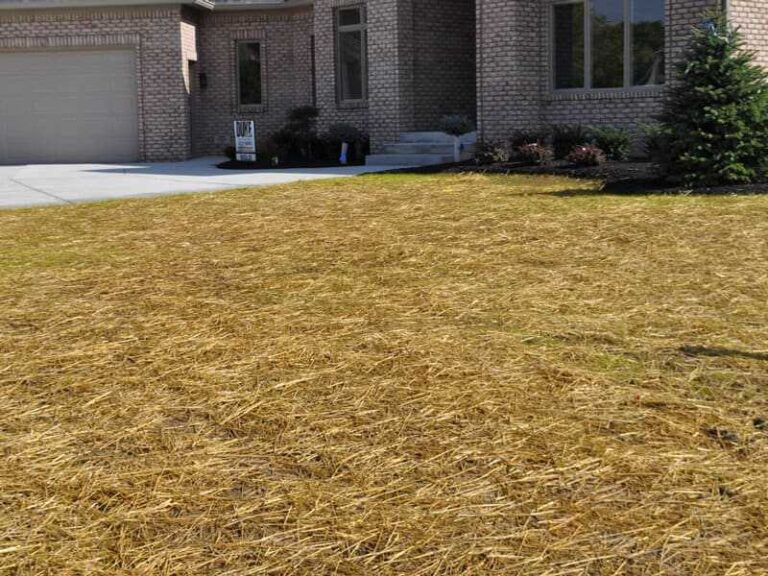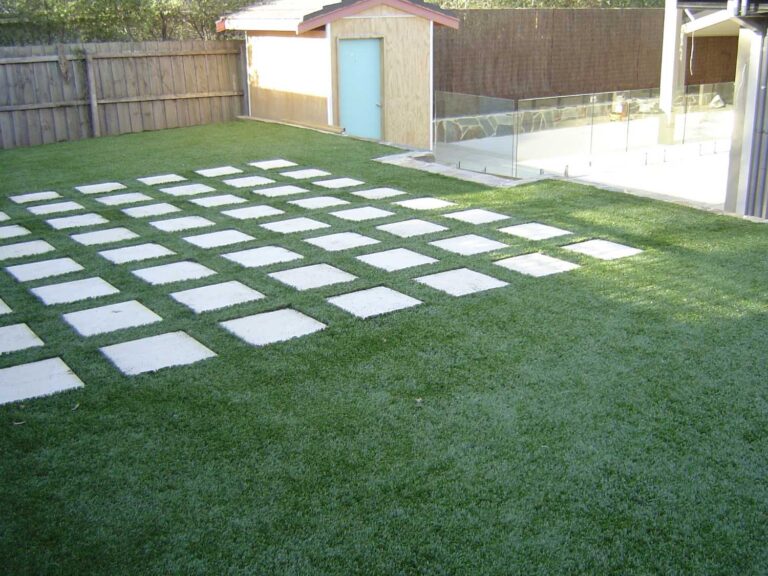Winter Grass Overseeding: How to Transform Lawns for Cold Months
Maintaining a lush and vibrant lawn during the cold winter months is challenging for most homeowners. The lush and fresh greenery achieved during summer can turn brown because of the changing weather conditions. Fortunately, implementing the right lawn care practices protects and ensures your lawn thrives at all times of year.
Most winter lawn care activities revolve around fertilizing, aerating, proper watering, and mowing. However, few homeowners know the advantages of overseeding their lawns with winter grass during the cold months. Strategically planting grass seeds that thrive in the cold season over your warm-season grass ensures a green and healthy lawn throughout winter.
What are the Benefits of Winter Grass Overseeding?
Overseeding offers several benefits beyond improving your lawn’s aesthetics. It improves the health and overall resilience of your lawn to cold temperatures. Key benefits of winter overseeding include:
1. Maintains Aesthetic Appeal
Aesthetic appeal is undoubtedly the most obvious benefit of overseeding your lawn with winter grass. As winter approaches, warm-season grass turns brown and dormant, making your lawn unattractive. However, overseeded grass flourishes in low temperatures maintaining your gardens and overall property appeal, even during winter.
2. Weed Suppression
Overseeding helps control weed growth during winter. Most winter grass seed species are dense, creating a competitive environment that easily outcompetes weeds. Overseeding is a natural weed suppressor, eliminating the need for using harsh post-emergent herbicides.
3. Controls Soil Erosion
The absence of vegetation on your landscape or lawn during winter exposes it to wind and water erosion. Winter grass overseeding provides a protective cover over the lawn throughout the season, addressing this concern. The dense winter grass anchors soil, preventing soil loss through erosion, especially in slopes and lawns prone to runoff.
4. Lawn Usage
Homeowners with families and pets understand the importance of maintaining a usable lawn all year round. Overseeding your lawn right before winter ensures your backyard remains usable during winter. Unlike dormant warm-season lawns, overseeded lawns can endure outdoor activities and foot traffic without getting muddy.
5. Preparation for Spring
Homeowners should also overseed their lawns in preparation for spring and transition into warm-season grass. Warm-season grass often regains vigor at the beginning of spring, as cold-season grass recedes and thins out. This seamless transition between cold season and warm season grass eliminates the need for extensive lawn renovations and pre-emergent herbicides for warm weather.
Which is the Best Grass Species for Winter Overseeding?
You should choose the right cold-season grass species to succeed in overseeding. Unfortunately, not all winter grasses are suited for this purpose. Some, like poa annua, offer better performance and adaptability. Below are the best grass species options to consider:
1) Perennial Ryegrass
It is a popular winter perennial grass of choice for various reasons. Perennial ryegrass seed germinates faster and gives your dormant lawn a lush green appeal in a short period. Ryegrass also excellently tolerates cold temperatures and remains green even in freezing conditions.
2) Tall Fescue
Tall fescue winter grass is also a perfect choice for overseeding. It is a deep-rooted grass, meaning it can withstand drought and remain green, especially during winter, when there’s limited water availability. Tall fescue has broad blades, which give your lawn a lush and textured overall appearance.
3) Fine Fescue Blend
As the name suggests, this is a combination of various grass species, including the chewings fescue, hard fescue, sheep fescue, and red fescue. This blend is mostly used for overseeding because of their collective tolerance to drought and winter-long cold. When established, they create a velvety appearance. However, they can’t stand heavy foot traffic.
4) Kentucky Bluegrass
Kentucky grass’s fine texture, dense growth, and rich green lawn color make it a good option for winter overseeding. While it grows slowly, it forms a uniform, exquisite lawn appearance once seeds have germinated. You can use it to improve your landscapes’ visual appeal during winter, but a great choice for lawns with moderate foot traffic.
FAQs
Is Winter Grass Good for Your Lawn?
Winter grass is good for all lawns, especially in areas that experience extremely low temperatures during winter. It helps homeowners maintain a green lawn throughout winter.
What is Winter Grass Called?
Winter grass is alternatively called cool-season grass because it thrives in cold temperatures.
How Do You Get Rid of Winter Grass?
Fortunately, you don’t have to struggle to remove overseeded winter grass. As the temperatures increase, winter grass naturally thins out and recedes. This allows your warm-season grass to take over.
The Bottom Line
You should consider winter grass overseeding to maintain a fresh and vibrant lawn during winter. Otherwise, you’ll be forced to buy new rolls of grass and pre-emergents for the forthcoming warm weather. However, you should observe certain best practices to ensure success. For instance, you should overseed when soil temperatures are between 10 and 18 degrees Celsius. You should also mow and choose good-quality cool-season grass. Lastly, know how to kill winter grass in preparation for a fresh summer lawn.






